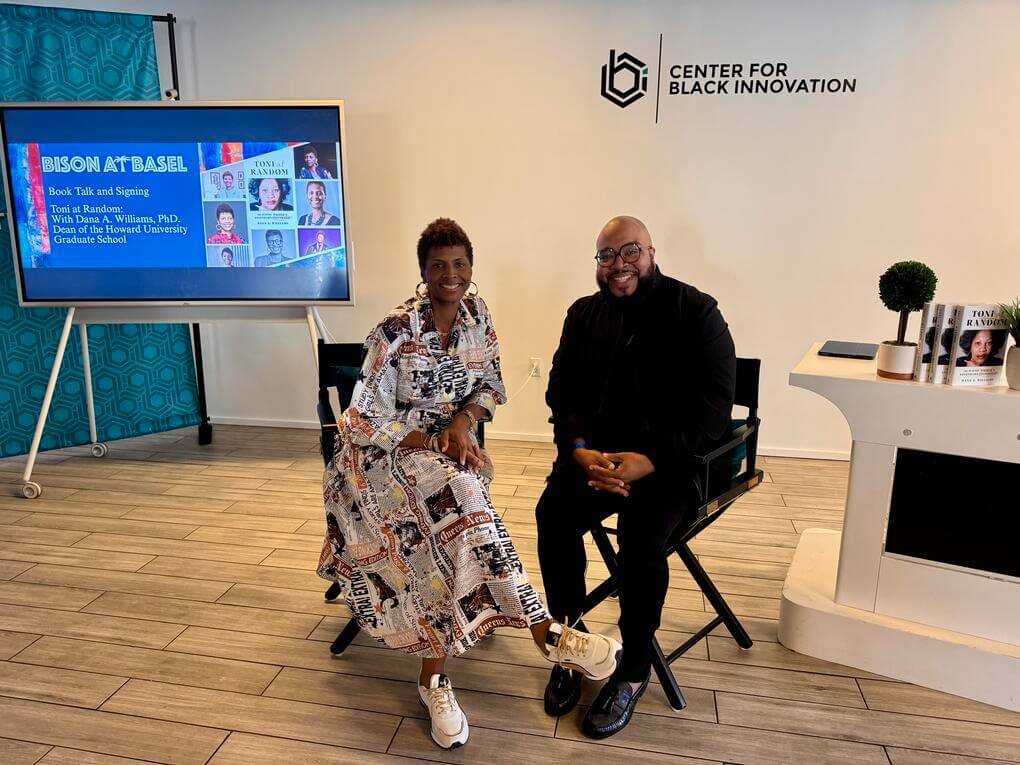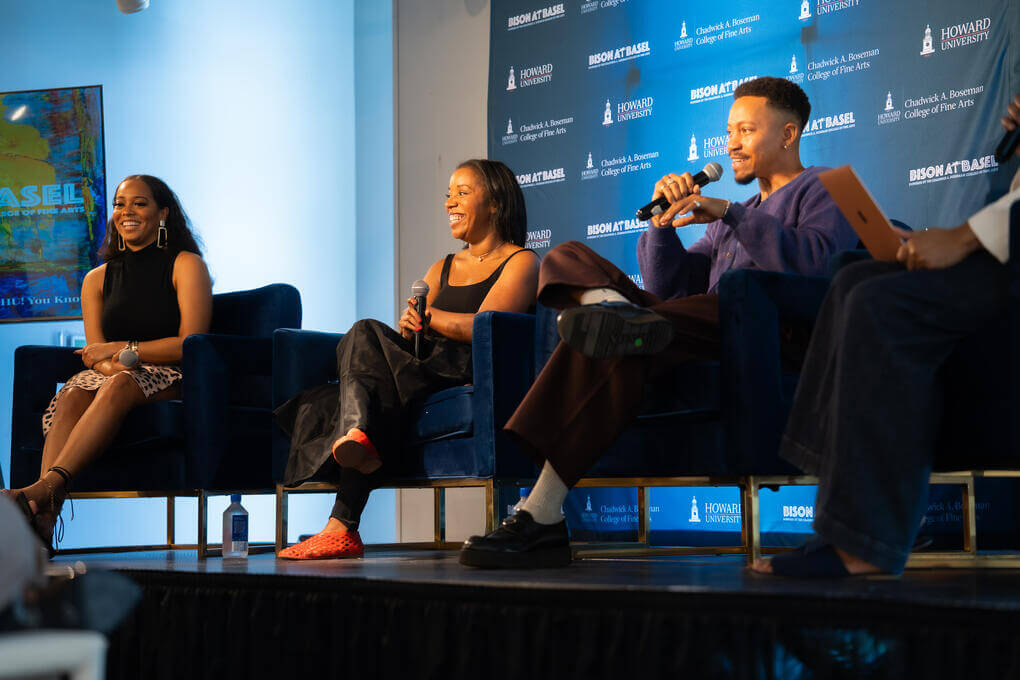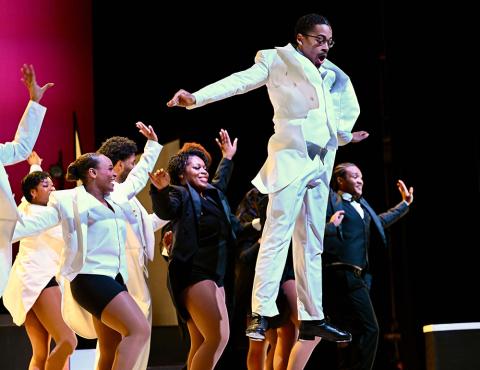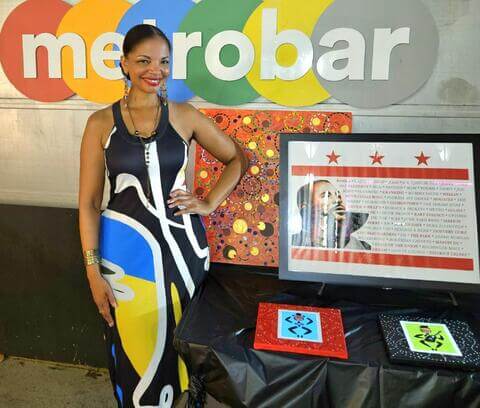
Homepage
Where Artistry
Meets Legacy.
Pause
Play
Professor Summer Brown Receives Distinguished Faculty Award and Shares Community-Centered Art at Art All Night DC
A Howard alumna and Emmy Award–winning designer, Professor Summer Brown embodies excellence both in the classroom and in community. Earlier this year, she received the 2024–2025 Distinguished Faculty Award for Outstanding Teaching, honoring her mentorship, creative practice, and lasting impact. From her work as an educator and practicing artist to her public engagement at Art All Night DC, Professor Brown continues to model what it means to create with purpose, teach with heart, and lead with vision.
Read The Full Story
Toni Morrison, Legacy, and the Work of Memory: A Gathering at Bison at Basel
During Bison at Basel, inside the Center for Black Innovation in Miami’s historic Overtown, something resonant unfolded. This gathering wasn’t simply a book talk. It was a meeting place where scholarship, memory, community, and Black creative lineage stood in full conversation.
Guests joined Khalid Y. Long, Ph.D., Associate Dean of Research and Creative Endeavors at Howard University’s Chadwick A. Boseman College of Fine Arts, for a dialogue with Dana A. Williams, Ph.D., dean of the Howard University Graduate School and author of Toni at Random. Her new work offers a revelatory and long overdue look at Toni Morrison’s transformative contributions as an editor at Random House, one of the nation’s most influential publishing institutions.
Read The Full StoryStudents learn and unveil their art Thursday during Bison at Basel
Students from the Chadwick A. Boseman College of Fine Arts (CABCoFA) sit in rows of chairs alongside alumni and supporters. Some nod along as guest speakers talk; others jot down notes and questions for the Q&A portion of the panels.
On Tuesday, Dec. 4, 2025 Bison at Basel hosted events focused on these students. Three panels brought professionals to touch on how HBCUs, sports, and AI intersect with art.
Read The Full StoryStories From The Dig

Nov 21, 2025
Howard University Musical Theatre Major Kennedi Reece Set to Star in Anticipated ‘A Different World’ Sequel on Netflix
Nov 12, 2025
Howard University Fine Arts Presents 'Chromatic Truths,' Junior Dance BFA Showcase
Nov 7, 2025
Howard University Fine Arts Presents 'Black Bone,' a Satirical Look at Black Identity
Sep 25, 2025
Netflix Star Michael Cooper Jr. from “Forever” Inspires Fine Arts Students at Howard University Fireside Chat
Sep 13, 2025
Reimagining "The New Negro" One Hundred Years Later: Alain Locke's Seminal Anthology Still Influences Black Culture in America
Howard Magazine Articles

What's Happening at CABCoFA Newsletter
View All IssuesFine Arts Events
Chadwick A. Boseman College of Fine Arts Welcomes New Dean
By Malaika Ssebayiteko
Dr. Raquel Monroe, the newly appointed dean of the Chadwick A. Boseman College of Fine Arts (COFA), brings her experience from the University of Texas to Howard University and aims to help young Black artists thrive.
“Dr. Monroe brings a wealth of experience and expertise to Howard University, joining us from the University of Texas at Austin, where she served as a full professor and associate dean of graduate education and academic affairs within the College of Fine Arts,” according to a Howard University LinkedIn post.
For Monroe, working at Howard was a dream – one that she never even knew was possible.
“When the opportunity presented itself, I just felt compelled to throw my hat in the ring and go for it,” Monroe said. She says, “Working at Howard is a dream, a dream I never knew was possible.”
Read the Full Story
Announcements
No current announcements.
The Howard University Gallery of Art is temporarily closed for major renovations and will reopen in August 2026. Please explore the webpage to learn about our partner exhibitions and programs.
Get to Know Chadwick A. Boseman
The College of Fine Arts is named in honor of alumnus Chadwick A. Boseman, whose remarkable career as an actor, director, writer, and producer inspired millions around the world.
Learn More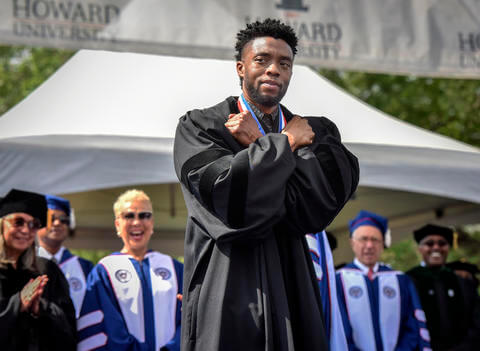
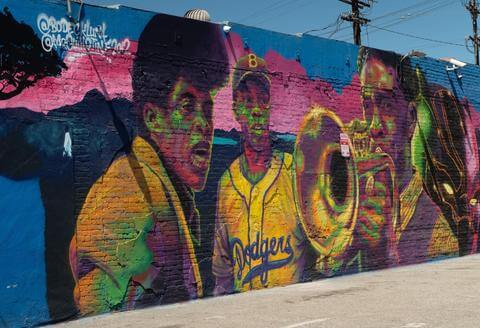
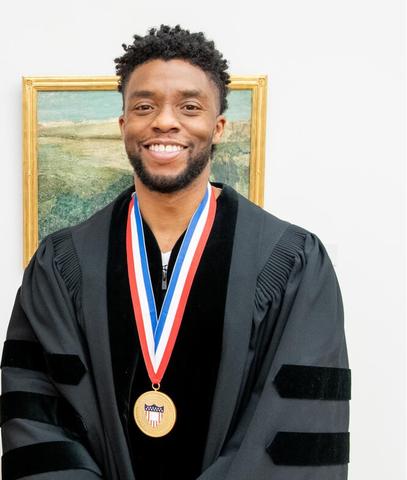
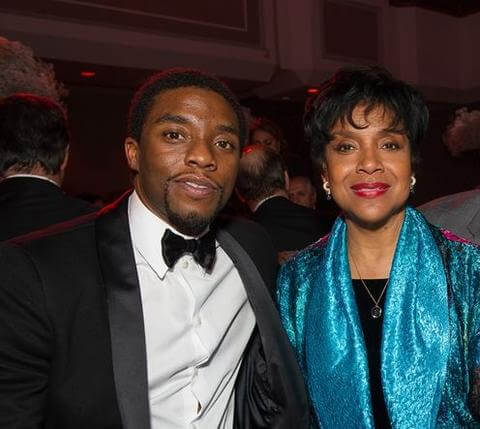

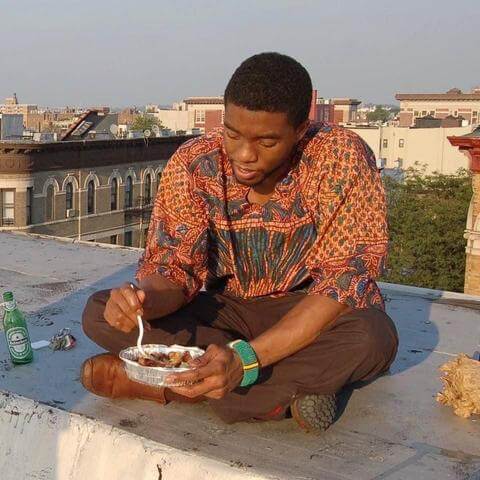

Alumni: Connect With Us!
Get InvolvedIconic Alumni
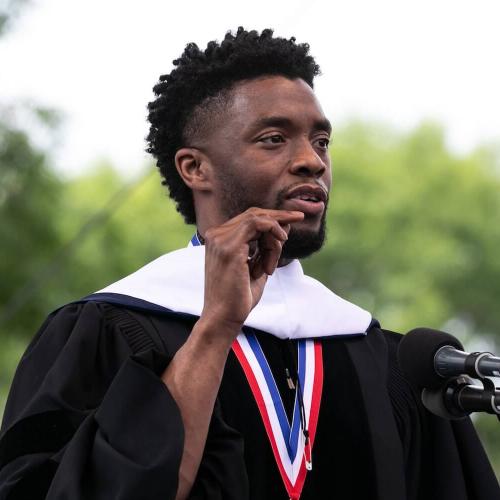
Chadwick A. Boseman
Award-winning actor and producer, Class of 2000, Bachelor of Fine Arts
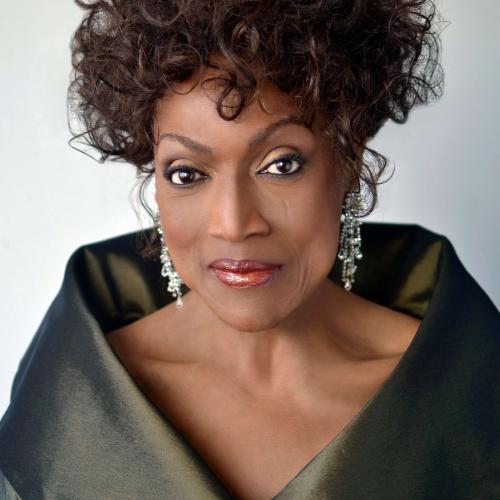
Jessye Norman
Opera Singer & Humanitarian, Class of 1967, Bachelor of Music
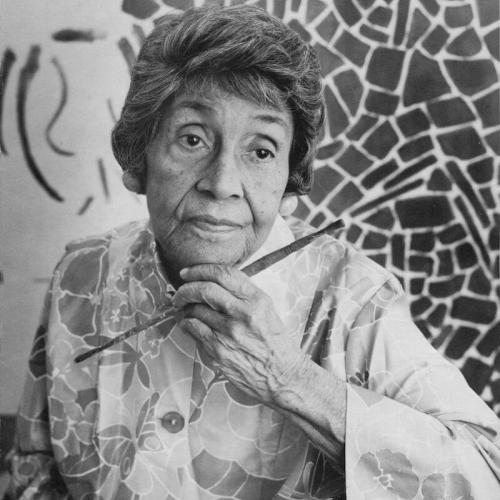
Alma Thomas
Artist, first graduate of the Department of Art, Class of 1924, Bachelor of Science
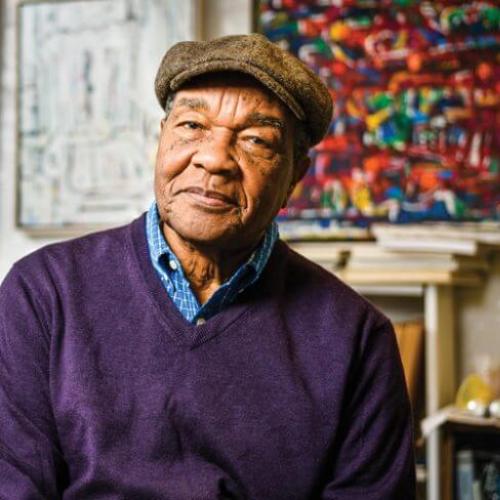
David Driskell
Artist, professor, curator, Class of 1955, Bachelor of Fine Arts

Taraji P. Henson
Actress, Producer, Mental Health Advocate, Class of 1995, Bachelor of Fine Arts
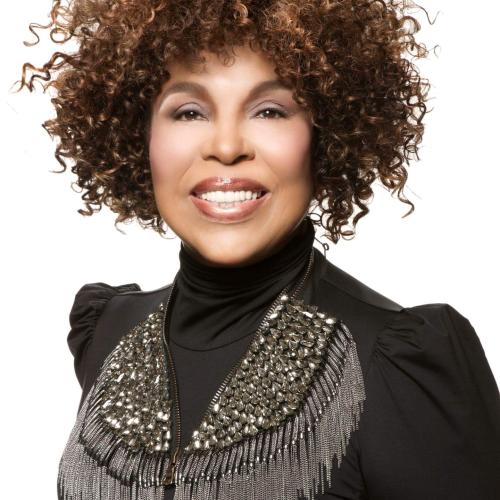
Roberta Flack
GRAMMY award-winning musician, Class of 1958, Bachelors in Music Education

